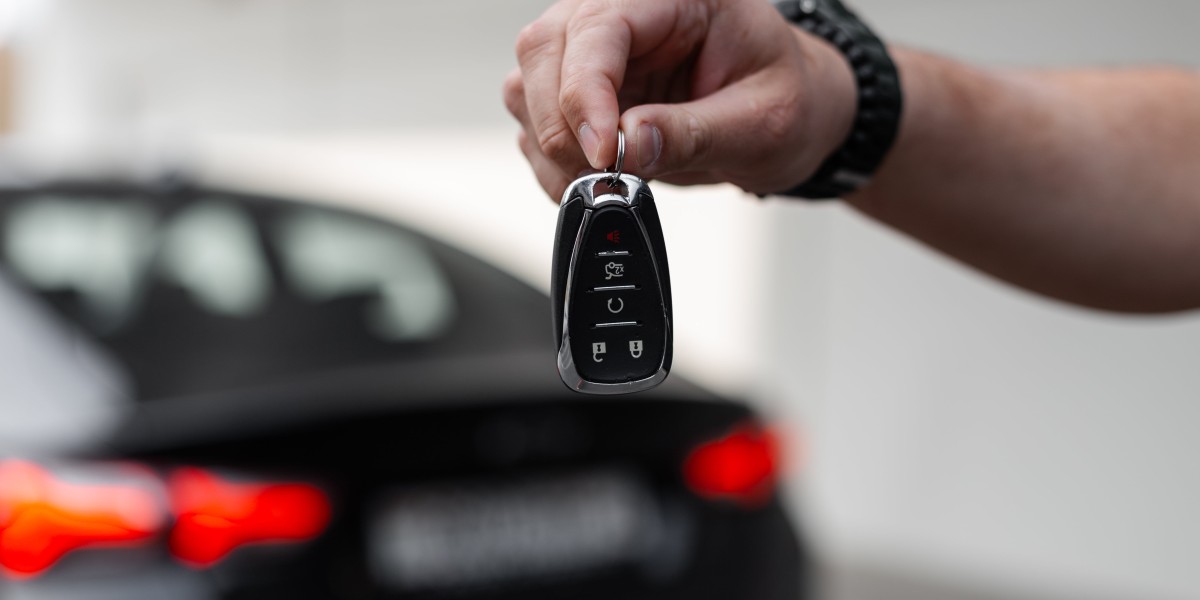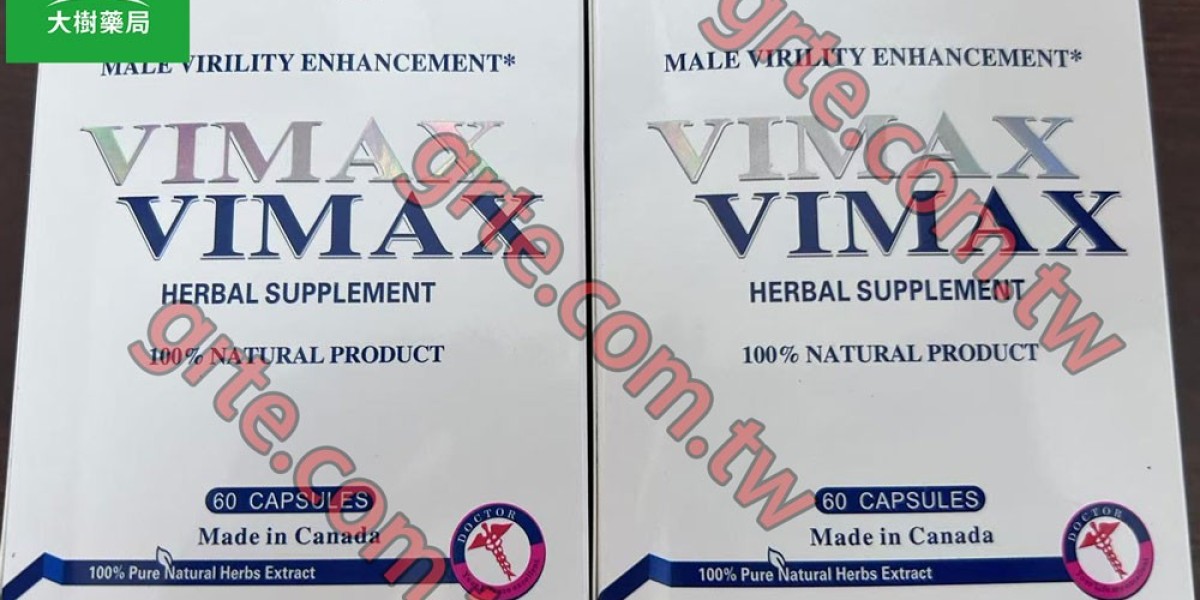Your car is one of your biggest investments, and keeping it in top condition is important for its value, performance, and your daily comfort. While regular car washes keep your vehicle looking clean on the surface, car detailing goes far beyond that. But what exactly is car detailing, and why does your vehicle need it? Let’s dive in.
What is Car Detailing?
More Than Just a Car Wash
Car detailing is a thorough cleaning, restoration, and finishing process for your car, both inside and out. Unlike a basic wash that focuses on removing dirt from the exterior, detailing includes deep cleaning, polishing, and protection to restore your car’s original beauty and maintain its condition.
Types of Car Detailing
Car detailing generally involves two main types:
Exterior Detailing – focuses on cleaning and restoring the outer parts of the car, including paint, wheels, windows, and trims.
Interior Detailing – involves deep cleaning of seats, carpets, dashboards, and all internal surfaces for hygiene and comfort.
Benefits of Car Detailing
Enhances Your Car’s Appearance
Car detailing removes stubborn dirt, stains, and scratches, restoring your vehicle’s shine and making it look brand new. Polishing and waxing enhance the paint’s color and gloss, turning heads wherever you drive.
Protects Your Investment
Detailing includes protective treatments such as wax, ceramic coatings, or sealants that shield your car’s paint from UV rays, rain, bird droppings, and road debris. This prevents fading, rust, and damage, preserving your car’s value over time.
Improves Health and Hygiene
Your car’s interior collects dust, food crumbs, bacteria, and allergens over time. Interior detailing removes these contaminants, creating a healthier and fresher environment for you and your passengers.
Boosts Resale Value
A well-maintained car with a clean, glossy exterior and fresh-smelling interior attracts better resale offers. Detailing keeps your vehicle in showroom condition, giving buyers confidence in its upkeep.
What’s Included in Exterior Detailing?
Washing and Drying
Detailing begins with a thorough hand wash using pH-balanced shampoos and microfiber mitts to remove dirt without scratching the paint. The two-bucket method is often used to ensure a scratch-free wash.
Claying
A clay bar is used to remove bonded contaminants like tree sap, industrial fallout, and overspray from the paint surface, leaving it smooth and clean.
Polishing
Polishing removes minor scratches, swirl marks, and oxidation, restoring the paint’s clarity and shine. It also prepares the surface for sealing or waxing.
Waxing or Sealing
A layer of wax or paint sealant is applied to protect the paint from environmental damage while adding deep gloss and shine. Ceramic coatings can also be used for longer-lasting protection.
Cleaning Wheels and Tires
Detailing includes cleaning wheels, rims, and tires to remove brake dust, grime, and dirt, enhancing the overall look of your car.
What’s Included in Interior Detailing?
Vacuuming and Steam Cleaning
All interior surfaces, including seats, carpets, and mats, are vacuumed and steam cleaned to remove dust, dirt, and bacteria effectively.
Upholstery Cleaning
Seats are cleaned using appropriate methods based on material – shampooing fabric seats or conditioning leather seats to keep them supple and clean.
Dashboard and Trim Cleaning
Dashboards, consoles, and door panels are cleaned and treated with protectants to prevent cracking and fading due to UV exposure.
Glass Cleaning
All interior windows and mirrors are cleaned streak-free for clear visibility.
Odor Removal
Professional interior detailing often includes deodorizing treatments to eliminate unpleasant smells and leave your car smelling fresh.
How Often Should You Detail Your Car?
The frequency of car detailing depends on your usage, environment, and maintenance habits. However, as a general guideline:
Regular detailing: Every 4-6 months to maintain appearance and protection
Interior detailing: Every 3-4 months if you travel with kids or pets frequently
Paint protection treatments: Wax every 2-3 months or ceramic coating every 2-3 years
DIY vs Professional Car Detailing
DIY Detailing
If you enjoy working on your car, DIY detailing can save money and give you control over the products used. However, it requires the right tools, skills, and time to achieve professional results.
Professional Detailing
Professional detailers use advanced equipment, techniques, and products to achieve flawless finishes quickly and safely. They also spot issues like paint damage or interior wear that you might overlook.
Tips for Maintaining Your Car Between Detailing
Wash your car regularly to prevent dirt buildup and scratches.
Use microfiber towels for drying to avoid swirl marks.
Clean spills immediately to prevent stains on upholstery.
Park under shade to protect your paint from UV damage.
Use interior protectants to maintain dashboards and trims.
Final Thoughts
Auto Car detailing is not just about keeping your vehicle looking great – it’s about protecting your investment, ensuring a healthy environment inside your car, and enjoying the pride of owning a clean and well-maintained vehicle. Whether you choose to detail your car yourself or hire professionals, regular detailing ensures your car stays in its best condition, retaining its beauty and value for years to come.








